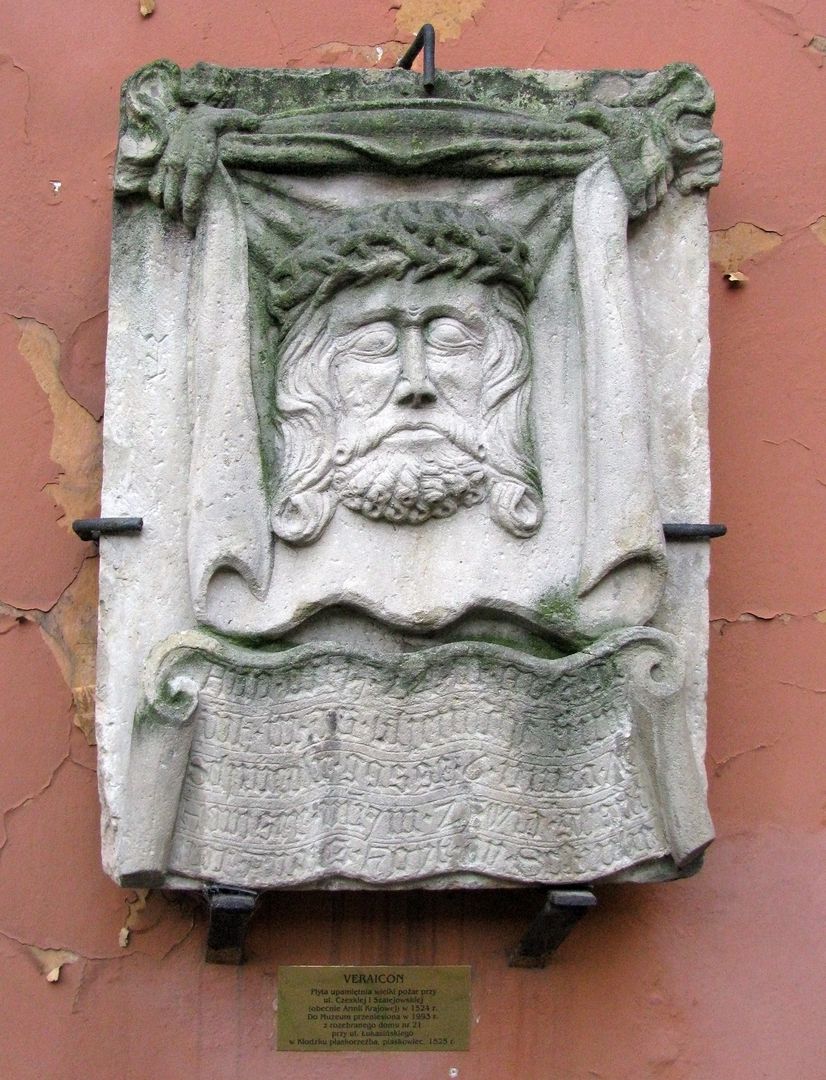The Museum of the Kłodzko Land in Kłodzko
7.13

Overview
The Museum of the Kłodzko Land in Kłodzko is housed in a historic building that once served as a Jesuit convent, with a history dating back to 1624, when the Jesuits settled in Kłodzko. The building was originally intended as a dormitory for the college and was expanded in the 17th century through the acquisition of adjacent townhouses. Its façade was designed by Carlo Lurago. The museum began its operations in 1963 in a different location but was later moved to the convent due to structural issues with the original building. The convent was adapted for museum use between 1976 and 1986, while preserving its historical character.
The facility, covering an area of approximately 4,000 m² with a volume of 20,000 m³, features many historic interiors, such as a library, a two-story concert hall, and a Baroque staircase. The museum focuses on promoting the culture of the Kłodzko region, with collections including art, numismatics, and clocks. Its offerings encompass numerous permanent and temporary exhibitions, as well as educational activities such as lectures and workshops. Managed by a team of specialists, the museum organizes various cultural events, including Museum Night and mineral and rock fairs.
Throughout its history, the museum has received numerous awards, and its directors, including Wacław Brejter and Krystyna Toczyńska-Rudysz, have played key roles in its development. An interesting fact is that the museum welcomes around 20,000 visitors annually, and its collections include valuable regional artifacts, such as literature and conservation documentation.
Location
2025 Wizytor | All Rights Reserved